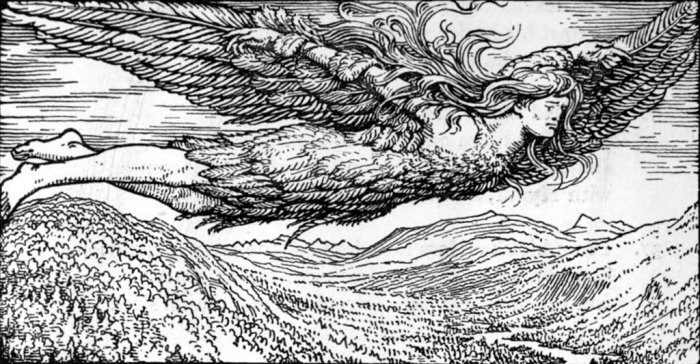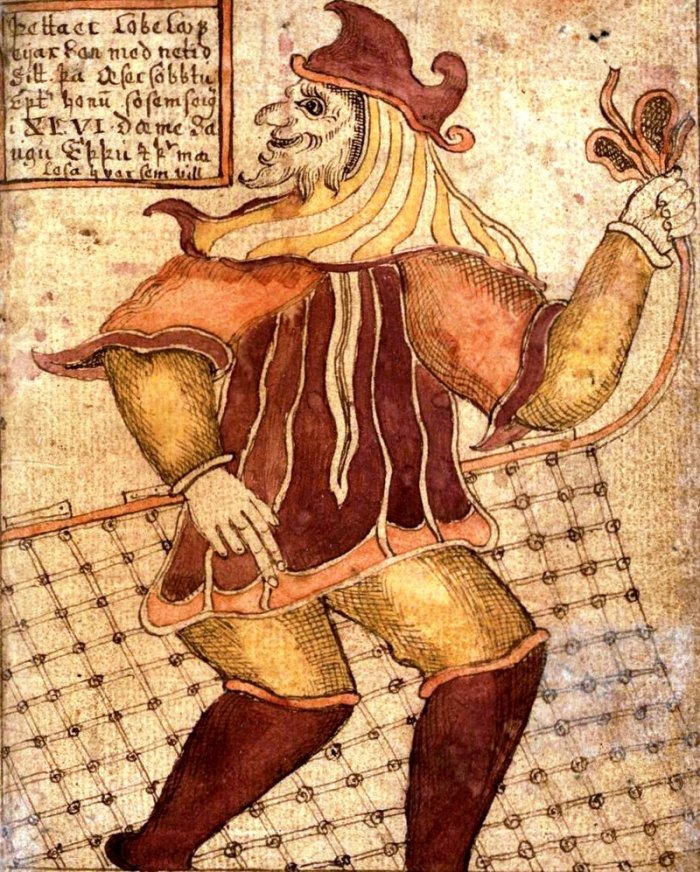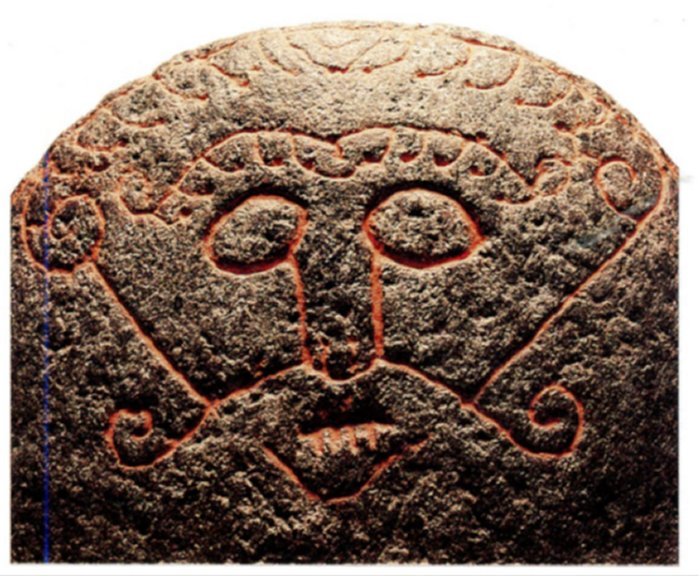God Loki – Trickster And Wizard Of Lies In Norse Mythology
A. Sutherland - AncientPages.com - Loki is an elusive figure in countless Northern myths, but he is also the most fascinating of all the members of the Norse pantheon.
Listed among the Aesir as a constant companion to the gods, especially Odin and Thor, Loki is destined to be their adversary at Ragnarok.
Loki's flight to Jötunheim (1908) by W. G. Collingwood. Image via Wikipedia
The main symbol associated with Loki is a serpent, as it represents his mischievous and cunning deeds. He is the son of giants, a thief and trickster/shapeshifter, responsible for all possible mischief and deception that the gods have to suffer.
He is known as the "prince of lies" and the "arch deceiver."
On the other hand, through his cunning, Loki remains the gods' friend helping them in difficult situations.
As the companion of Thor and Odin, Loki is almost always presented alongside them. Although never fully trusted in the beginning, Loki tries to be very helpful when assisting Odin in the world's creation. Under his instructions, the dwarves produced some divine treasures for the gods and shapeshifted into a mare to give birth to a magical Odin's horse, Sleipnir.
In many myths, Loki is not presented in them in the same way. In his "Myths of Northern Lands," H. A. Guerber writes that instead of being part of the creative trilogy (Odin, Hoenir, and Lodur), Loki originally belonged to an older pre-Odinic race of deities and was the son of the great giant Fornjotnr (Ymir).
Loki with a fishing net (per Reginsmál) as depicted on an 18th-century Icelandic manuscript (SÁM 66. Image is now in the care of the Árni Magnússon Institute in Iceland. Public Domain
He had three sons: Kari, the air, Hler (the sea), and Loki (the fire).
Other myths make Loki the son of the giant Farbauti (identified with Bergelmir), who was the sole survivor of the Deluge. Loki is even described as a blood-brother to Odin. His connection with Odin was only that of the Northern oath of good fellowship as it is attested in Lokasenna, one of the poems of the Poetic Edda.
Later something changed in his complex nature, which became more vicious and even evil when Loki brought about his brother Balder's death and actively assisted in other crimes.
Loki could finally join the giants in the attack on Asgard. In this battle, he fought against his worst enemy, Heimdall, and they slew each other. As punishment for causing Balder's death, Loki was bound across three large rocks, so he could not break loose until the last battle took place at Ragnarok.
Loki married three times. His first wife, Glut, bore him the children Eisa and Einmyria; their names refer to fire and its warmth. His other wife was a giantess, Angrboda, and Loki had three monstrous children: Hel, the ruler of the dead, Jormungand, the World Serpent, and Fenrir, the monstrous wolf. In this very positive aspect, Loki is the deity of the fireside, leisure, and relaxation; peasants, worshiped him as the greatest of all the gods.
A furnace stone from Snaptun, Denmark, thought to show Loki with his lips sewn up by the dwarves to punish him for trying to cheat them when they forged the treasures of the gods. Image credit: Bloodofox - - Public Domain
Loki kept the existence of these monsters secret as long as he could, but they quickly grew so large that they could no longer remain confined in the dark cave in Jötunheim where they had come to light.
Hel, Jormungand, and Fenrir were the symbols of pain, sin, and death. They later threatened the very existence of the gods.
Loki's fascinating personality has always captivated the ancient people of Scandinavia. In 1950, semi-circular flat soapstone depicting a mustachioed face was discovered on a beach near Snaptun, Denmark.
The face - carved around 1000 CE - depicts a face with scarred lips. The figure was identified as Loki, and as retold from Norse texts, a dwarf, Brokkr (in old Norse: "the one who works with metal fragments; blacksmith"), pulled an awl from his shirt and pierced a series of holes along Loki's upper and lower lips. Then, he drew out a leather thong and sewed Loki's lips together, leaving him speechless.
The soapstone's depiction may point to a connection between Loki, flames, and smithing.
Written by – A. Sutherland AncientPages.com Staff Writer
Updated on July 3, 2022
Copyright © AncientPages.com All rights reserved. This material may not be published, broadcast, rewritten or redistributed in whole or part without the express written permission of AncientPages.com
Expand for referencesReferences:
Guerber H. A. Myths of Northern Lands
Hampton B. J. An Encyclopedia of Norse Mythology
Kevin Crossley-Holland K. The Penguin Book of Norse Myths
More From Ancient Pages
-
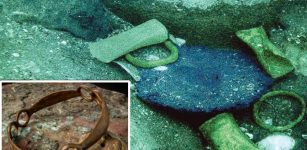 Mystery Of The Amazing 2,500-Year-Old Underwater Rochelongue Treasure
Featured Stories | Jul 7, 2023
Mystery Of The Amazing 2,500-Year-Old Underwater Rochelongue Treasure
Featured Stories | Jul 7, 2023 -
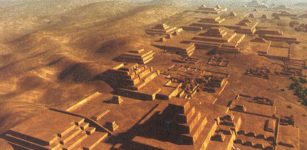 Cahuachi – Complex Of Truncated Adobe Pyramids In Peru’s Desert
Civilizations | Aug 27, 2015
Cahuachi – Complex Of Truncated Adobe Pyramids In Peru’s Desert
Civilizations | Aug 27, 2015 -
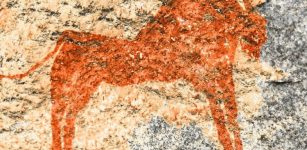 Great research of Polish archaeologist working at rock art site in Kondoa, Tanzania
News | Aug 26, 2015
Great research of Polish archaeologist working at rock art site in Kondoa, Tanzania
News | Aug 26, 2015 -
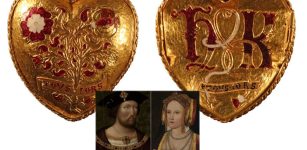 Beautiful Tudor Gold Pendant Linked To Henry VIII And Katherine Of Aragon Discovered By A Metal-Detectorist
Archaeology | Feb 1, 2023
Beautiful Tudor Gold Pendant Linked To Henry VIII And Katherine Of Aragon Discovered By A Metal-Detectorist
Archaeology | Feb 1, 2023 -
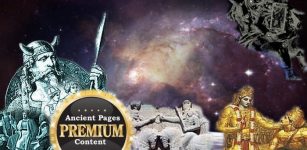 Enigma Of The Mysterious Ancient Shining Twins – The Cosmos Connection – Part 2
Featured Stories | Jun 8, 2020
Enigma Of The Mysterious Ancient Shining Twins – The Cosmos Connection – Part 2
Featured Stories | Jun 8, 2020 -
 Mysterious Books From The Unknown And ‘Impossible’ Coincidences
Featured Stories | Dec 30, 2020
Mysterious Books From The Unknown And ‘Impossible’ Coincidences
Featured Stories | Dec 30, 2020 -
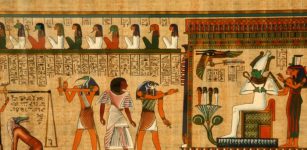 First Book Of Breathing: Egyptian Papyrus Sheds Light On Funerary Text Helping The Deceased In Afterlife
News | Oct 22, 2020
First Book Of Breathing: Egyptian Papyrus Sheds Light On Funerary Text Helping The Deceased In Afterlife
News | Oct 22, 2020 -
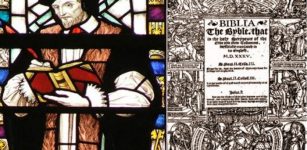 On This Day In History: Myles Coverdale Who Printed First English Bible Died – On Jan 20, 1569
News | Jan 20, 2017
On This Day In History: Myles Coverdale Who Printed First English Bible Died – On Jan 20, 1569
News | Jan 20, 2017 -
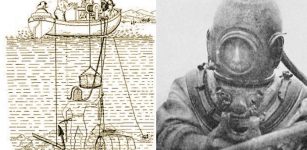 On This Day In History: Practical Underwater Diving Suit Patented By Maine Inventor – On June 14, 1834
News | Jun 14, 2016
On This Day In History: Practical Underwater Diving Suit Patented By Maine Inventor – On June 14, 1834
News | Jun 14, 2016 -
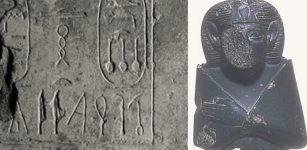 Sobekneferu: First Female Pharaoh In Ancient Egypt
Featured Stories | Mar 9, 2019
Sobekneferu: First Female Pharaoh In Ancient Egypt
Featured Stories | Mar 9, 2019 -
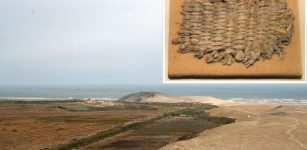 Major Discovery Of 15,000-Year-Old Artifacts Could Re-Write History Of Peru
Archaeology | May 26, 2017
Major Discovery Of 15,000-Year-Old Artifacts Could Re-Write History Of Peru
Archaeology | May 26, 2017 -
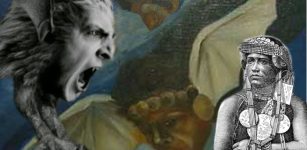 Chonchon ‘Tue Tue’ Bird With Human Head Brought Bad Omens To Places It Haunted In Beliefs Of Mapuche Indians
Featured Stories | Mar 12, 2024
Chonchon ‘Tue Tue’ Bird With Human Head Brought Bad Omens To Places It Haunted In Beliefs Of Mapuche Indians
Featured Stories | Mar 12, 2024 -
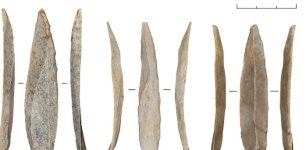 Mass Production Of Stone Bladelets Led To A Cultural Shift In Paleolithic Levant
Archaeology | Jan 7, 2023
Mass Production Of Stone Bladelets Led To A Cultural Shift In Paleolithic Levant
Archaeology | Jan 7, 2023 -
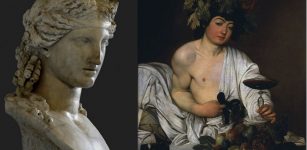 Dionysus – Greek God Of Wine, Music, Ritual Madness And Ecstasy Was Born Twice
Featured Stories | Jan 8, 2019
Dionysus – Greek God Of Wine, Music, Ritual Madness And Ecstasy Was Born Twice
Featured Stories | Jan 8, 2019 -
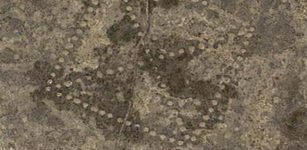 Unique Geoglyphs In Torgay, Kazakhstan – Destroyed
Civilizations | Sep 5, 2015
Unique Geoglyphs In Torgay, Kazakhstan – Destroyed
Civilizations | Sep 5, 2015 -
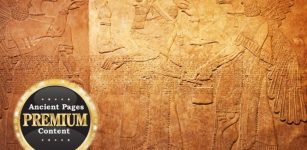 Mysterious Sumerian Star Tablet And Strange Divine Omens – Communication With The Gods – Part 2
Featured Stories | Feb 18, 2021
Mysterious Sumerian Star Tablet And Strange Divine Omens – Communication With The Gods – Part 2
Featured Stories | Feb 18, 2021 -
 Underwater Drone Images Reveal Oldest Human-Made Structure In The Baltic Sea
Archaeology | Feb 13, 2024
Underwater Drone Images Reveal Oldest Human-Made Structure In The Baltic Sea
Archaeology | Feb 13, 2024 -
 2,000-Year-Old Roman Road Discovered In Cluj-Napoca, Romania
Archaeology | Jan 23, 2023
2,000-Year-Old Roman Road Discovered In Cluj-Napoca, Romania
Archaeology | Jan 23, 2023 -
 Yakhchals: Ingenious Ancient ‘Refrigerators’ Could Store Ice In The Hot Desert
Ancient Technology | Sep 15, 2018
Yakhchals: Ingenious Ancient ‘Refrigerators’ Could Store Ice In The Hot Desert
Ancient Technology | Sep 15, 2018 -
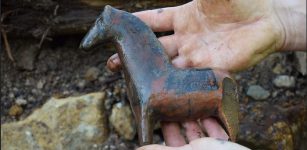 World’s Oldest Dala Horse Discovered In Sweden
Archaeology | Jul 18, 2020
World’s Oldest Dala Horse Discovered In Sweden
Archaeology | Jul 18, 2020

